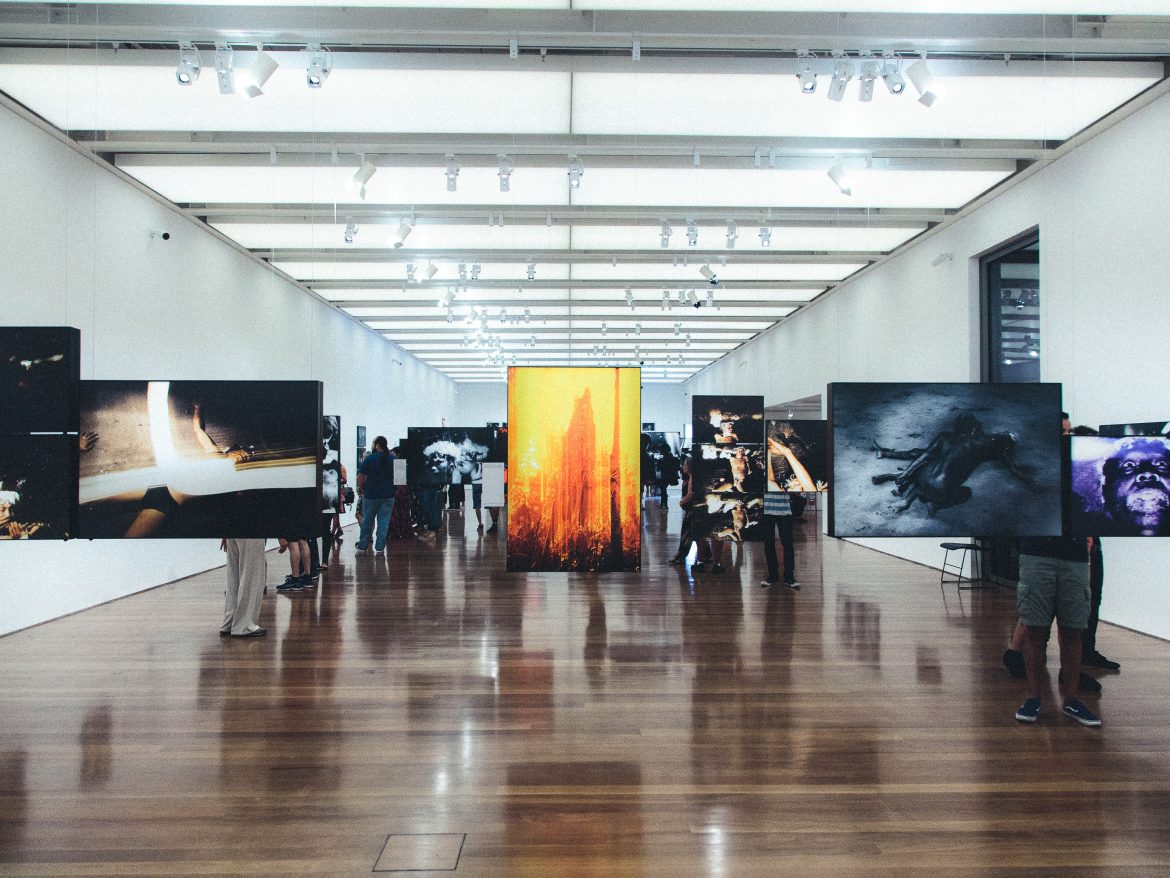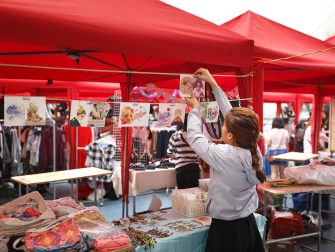Welcome to the labyrinth of Optical Disorder, a highly-engaging and unusual experience that has become the focus of numerous exhibitions worldwide. This phenomenon invites visitors to explore visual disruptions and thought-provoking illusions spread across its vast spectrum. Today’s blog post takes you on an enchanting journey through exhibitions featuring optical disorder, where reality and fantasy merge, evoking curiosity and bewilderment among art enthusiasts.
Seeing is (Not) Believing
The world of optical disorder utilizes lights, colors, shapes, and patterns to challenge the viewer’s perception of reality. These exhibitions create unexpected distortions in their artworks – think confusing lines, hypnotic swirls, or uncanny illusions – leading spectators to question their beliefs about visual perception. Can you trust your eyes when they deceive you? Through interactive installations and mind-boggling illusions, these exhibitions offer spectators the chance to explore alternate perspectives and reconceptualize their notions of visual comprehension.
Bridging Art and Science
What makes optical disorder unique is its ability to blend artistic creativity with scientific theories. These exhibitions bring together ideas from physics, psychology, and mathematics to generate fascinating works that stretch the boundaries of both disciplines. In doing so, they showcase the intriguing ways our brain processes visual information – or fails through optical illusions – thus inviting viewers to ponder and appreciate the complexity of human cognition.
Surreal Encounters: Historical Perspectives on Optical Disorder
Historically, artists have long been drawn to themes of illusion and distortion. Salvador Dali’s surrealist masterpieces or M.C. Escher’s impossible constructions are notable examples of a captivation with optical disorder. Today’s exhibitions also draw inspiration from these celebrated artists, highlighting their contributions to visual deception while simultaneously bringing innovative twists into the mix.
Epitomes of Optical Wonders: Musement Park
One prominent exhibition showcasing optical disorder is the Musement Park – a travelling experience that guides visitors through seemingly endless halls filled with mesmerizing optical illusions designed by artists across various disciplines. Here, viewers become active participants as they navigate shifting realities – scale changes without warning, distances are deceptively altered, straight lines bend, and hidden images emerge amid chaos.
Final Thoughts: More Than Meets the Eye
In conclusion, exhibitions centering around optical disorder offer a creative space where both artistic ingenuity and scientific discoveries collide. Visitors gain not only a fascinating visual experience but also the opportunity to challenge their perceptions while exploring intriguing questions about human cognition. For those desiring a fresh outlook on life or art fanatics searching for unconventional experiences, Optical Disorder is a must-see realm that beautifully articulates how there’s always more than meets the eye.
Title: “Exhibitions Optical Disorder: Unraveling the Phenomenon of Visual Chaos at Art Exhibitions”
In an era characterized by information overload, a wide range of stimuli vie for the attention of our senses every day. The world of art is no exception as artists and curators compete fiercely to present unique and memorable exhibitions. In this race to create visually stunning displays, sometimes the experience of appreciating the art can be obscured by an overwhelming amount of material packed into galleries and museums. This phenomenon, known as “exhibitions optical disorder,” can lead to sensory overload, confusion, and missed opportunities for deep understanding and appreciation.
Understanding Exhibitions Optical Disorder
While some critics argue that modern art naturally thrives on chaos and disarray, there is an emerging consensus that when it comes to exhibiting art, less is indeed more. Imagine walking into a room full of dazzling artworks with limited free space between them. Your eyes instinctively want to explore every inch of each work, but the sheer volume makes it difficult to focus on any one piece for too long.
In these instances, the artworks themselves are not the problem – they may be extraordinarily innovative or formally impressive – but rather the presentation, layout, and curatorial choices that create visual chaos. This clutter inhibits the viewer’s ability to connect with any given work, leaving them feeling overwhelmed, disoriented, or simply unsatisfied.
The Problem with Creative Clutter
Art lovers often appreciate the sense of exploration and discovery evoked in wading through scores of paintings or sculptures, but even seasoned enthusiasts can become inundated when faced with a barrage of installations or mixed media pieces crowded together in space without reason.
Creative clutter can be particularly damaging when it comes to thematic exhibitions. By attempting to cram numerous artworks representing various aspects of a theme, an exhibition runs the risk of losing cohesion and diluting its intended message. This creates a disconnect with viewers who may walk away having had fleeting glimpses on powerful artistic statements but ultimately failing to fully comprehend or appreciate them.
Addressing Exhibitions Optical Disorder: Finding Balance Through Curatorial Choices
How then do we tackle the issue of exhibitions optical disorder? The answer lies primarily in embracing thoughtful curatorial choices that allow each work enough space to breathe.
– Limiting the number of artworks: Showcasing fewer works allows viewers enough time to absorb and interpret individual pieces without feeling pressured or overwhelmed by their surroundings.
– Cohesion over cacophony: Choosing works that have a strong connection with one another can prevent viewers from experiencing visual whiplash. Consistently presented narratives keep audiences engaged and create lasting impressions.
– Practical layout considerations: Galleries should consider sight lines, lighting conditions, and visitor traffic flow when planning space allocation for each artwork. These factors greatly affect how an audience member perceives displayed art.
– Utilizing technology: Digital platforms and immersive technologies can expand spaces virtually and offer multi-sensory experiences. By presenting works in interactive formats, visitors can enjoy more intimate connections with art while mitigating issues related to physical space constraints.
Exhibitions optical disorder is undoubtedly an issue plaguing contemporary gallery spaces worldwide; however, it is neither unavoidable nor insurmountable. With careful curation, attentiveness to audience engagement, and an abundance mindset—understanding that showcasing select powerful artworks will still create lasting impressions—we can create immersive exhibitions that retain the essential beauty and thoughtfulness that underpins meaningful artistic encounters.


